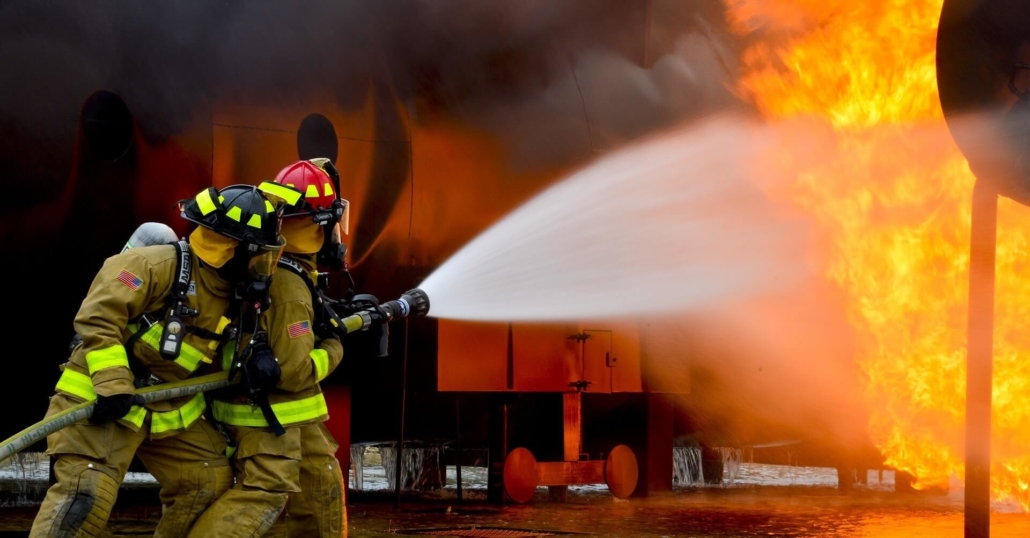It’s a must for any Sydney company. It’s not just a legal requirement, but it’s an opportunity to keep employees, customers and property secure. The effects of fire can be devastating within minutes. But with adequate safety measures in place, many of these risks can be minimized or prevented. Fire inspections, regular testing and the tagging of electrical systems and complying with CFSP regulations all work to create a safer workplace and ensure that businesses remain in compliance with local council as well as Building Code of Australia (BCA) standards.

Why Fire Inspections Are the Foundation of Safety
The first line of defense are fire inspections. These inspections verify that every component of a building’s fire protection system is in place and current. The majority of businesses located in Sydney are required to carry out inspections six or twelve times annually, based on the type of building and the council regulations. Inspections could include anything from smoke alarms and sprinkler systems, to fire alarm panels to hydrants, emergency lighting, and even fire alarms.
What makes inspections crucial is their capacity to uncover hidden issues before they become potentially dangerous. While it might not be important however a minor issue that involves a fire hydrant or an alarm for smoke that’s blocked, can be fatal during an emergency. Through regular fire inspections, businesses managers are not only ensuring they meet the requirements of compliance, but are actively taking steps to protect their workplace from the possibility of unforeseen disasters.
Test and Tag Testing and Tag
Electrical systems can be one of the major causes of fires in workplaces. Testing and tagging is thus an essential part of an overall plan to ensure safety from fire. It involves checking electrical equipment for safety, to ensure they’re safe, compliant and functional. After that an identifiable tag is attached to the equipment indicating that it has passed the test. This is a rule that’s not always straightforward to meet. In many businesses it’s an effective way of avoiding possible risks.
A faulty appliance, old wiring or worn-out cables could quickly become fire hazards If not properly checked. Businesses can reduce the risk of fires by testing regularly and marking electrical equipment. It also reassures employees that their work environment is safe, creating confidence and trust within the workplace. When combined with testing, fire inspections, and tagging offers a comprehensive safety strategy that minimizes risk across multiple areas.
The role of CFSP in ensuring Compliance and Certification
Only an Competent Fire Safety Professional (CFSP) who is based in New South Wales, can be a signer and certify important documents regarding fire safety, such as Annual Fire Safety Statements. The CFSP accreditation guarantees that only professionals with the appropriate qualifications can evaluate and confirm the safety measures for fire. Working with a CFSP assures that inspection reports aren’t just paperwork, they are reliable assessments by experts.
The role of the CFSP goes beyond the simple task of checking boxes. They offer detailed reports and verify compliance with rules and regulations. Companies that don’t have CFSP certification could be punished, if they are found guilty of a crime and even closing when they are deemed to be insufficient with fire protection. By partnering with professionals accredited in fire safety, you’ll be able to ensure that your systems are maintained in a proper manner. Also, you’ll be able to fulfill the requirements of compliance without putting yourself under anxiety.
Fire Safety is a Constant Commitment
Each business owner is responsible for ensuring that they have a obligation to ensure that fire safety is an absolute priority. Regular inspections, continuous examination of electrical systems and a valid certification under CFSP supervision create a cycle of safety that does not stop. Beyond ensuring compliance with the law, this approach promotes an environment of safety in the workplace. Employees are more comfortable knowing that evacuation procedures, smoke alarms emergency lighting, as well as a fire suppression systems are in place.
Treating fire safety as a continuous process rather than a yearly checkbox not only reduces risks but also strengthens a business’s reputation. In an environment that prioritizes safety, customers and clients will feel more comfortable. In the long run, investing in early in fire prevention can save the company money by preventing expensive damages, fines, and legal disputes.
Conclusion
Sydney’s fire safety system is a multi-layered procedure that involves inspections of testing, tagging and inspections as well as the professional certification of a CFSP. Each of these components play a crucial role in helping businesses adhere to regulations, but more importantly in securing the lives of people and property. Safety is an integral component of every business’s operations, not an afterthought. Businesses can meet their legal obligations as well as create a more resilient and safer environment in the future when security is an integral part of everyday operations.